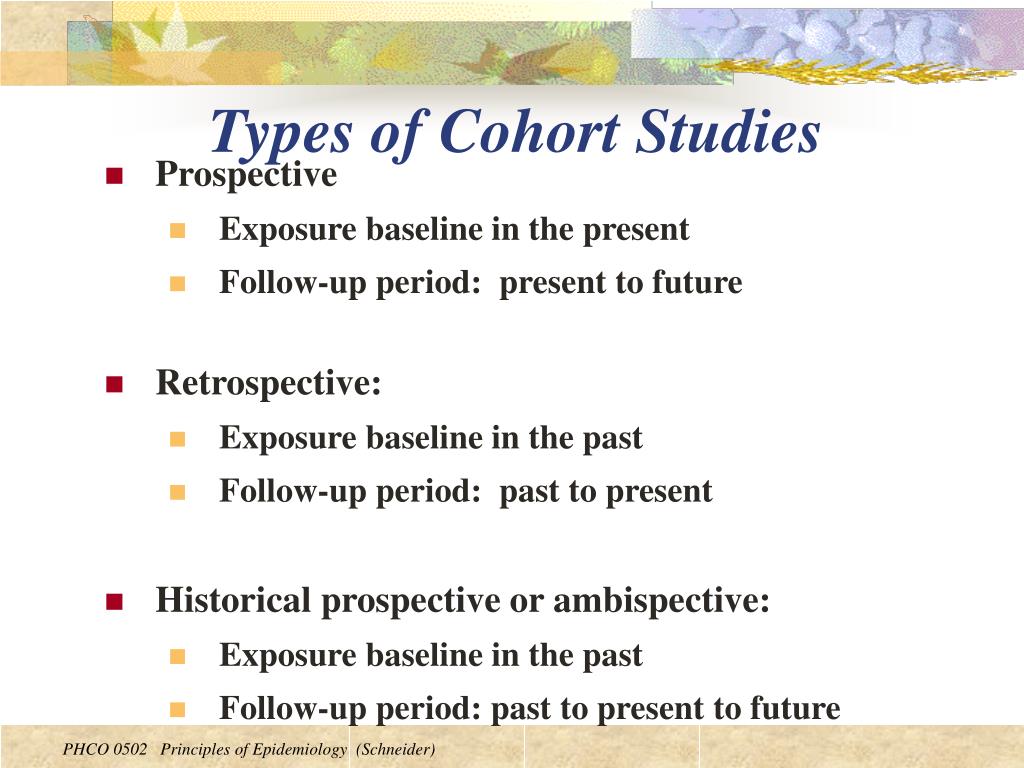
Additionally, the cohort includes women with breast carcinoma of any size operated at Uppsala university hospital 1986–2004 where the pathology report stated that there was an in situ-component as well as an invasive tumour. The diagnosis and tumour size were verified through medical records. The study cohort includes all women identified through the regional breast cancer quality of care registry and operated for unifocal BC with a radiological tumour size ≤ 15 mm at Uppsala university hospital or Västerås hospital between 19. The prognostic value of different subtypes is also dependent on the length of follow-up, because the natural course of BC varies depending on subtype. In these patients, the treatment benefit needs to be put into perspective of treatment induced morbidity since most women are long-term survivors. There are few studies on the potential independent prognostic value of tumour subtypes in women with small lymph node negative BC.


However, most studies showing worse outcomes for these tumours and/or benefit of adjuvant chemotherapy and targeted anti-HER2 therapy included women with more advanced clinical stages of BC. All subtypes besides Luminal A implicate the patient is considered for adjuvant chemotherapy, with addition of targeted anti-HER2-therapy for the HER2+ tumours. The surrogate molecular subtypes used in clinical practice are based on those originally described by Sørlie and include Luminal A-like, Luminal B-like (HER2−), HER2-positive (HER2+) and triple negative breast cancer (TNBC). As a result, focus has shifted from clinical stage to tumour biology or molecular subtype of breast cancer when deciding on adjuvant systemic therapy. Most women with breast cancer (BC) are diagnosed with stage 1 disease in countries with generally available mammography screening and programmes for early detection. Meine Inhalte subNavigationMarker subNavigationPointer.Mehr subNavigationMarker subNavigationPointer.■ Für Ärztinnen und Ärzte in Weiterbildung.Gebiete subNavigationMarker subNavigationPointer.Retrospective studies bias cause-effect relationship chart review interpretation limitations.

Researchers should avoid over generalisation of results and be cautious in claiming cause-effect relationship in retrospective studies. Readers need to critically evaluate the methods and carefully interpret the results of retrospective studies before they put them to practice. Selection and recall biases also affect the results and reasons for differences in treatment between patients and lost follow ups can often not be ascertained and may lead to bias. Since they depend on review of charts that were originally not designed to collect data for research, some information is bound to be missing. Retrospective studies however have several limitations owing to their design. Findings of these studies can form the basis on which prospective studies are planned. Retrospective studies are an important tool to study rare diseases, manifestations and outcomes. A thorough understanding of the pros and cons of the various study designs is critical to correct interpretation of their results.


 0 kommentar(er)
0 kommentar(er)
